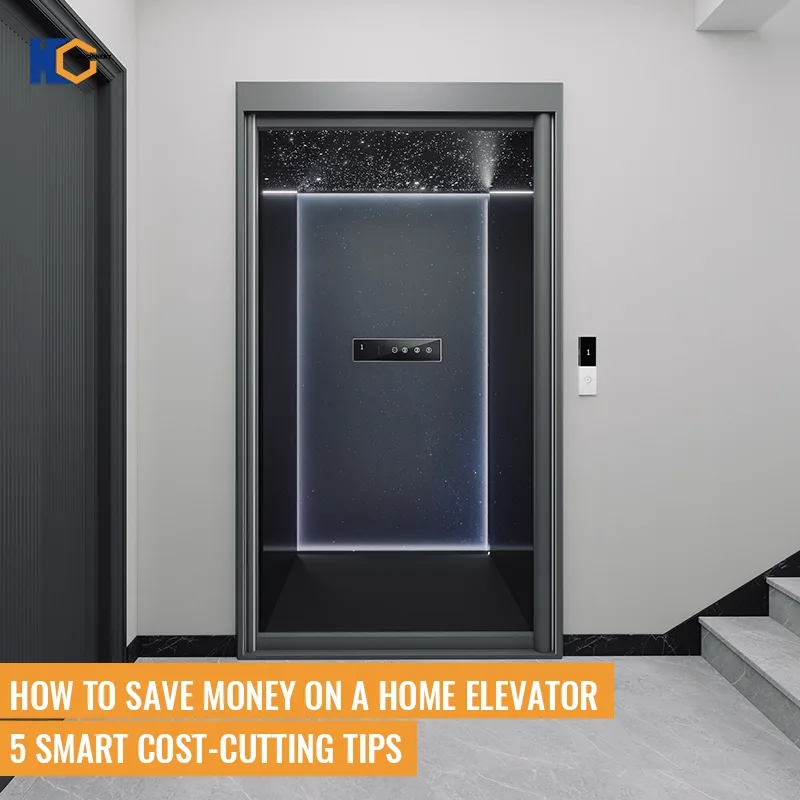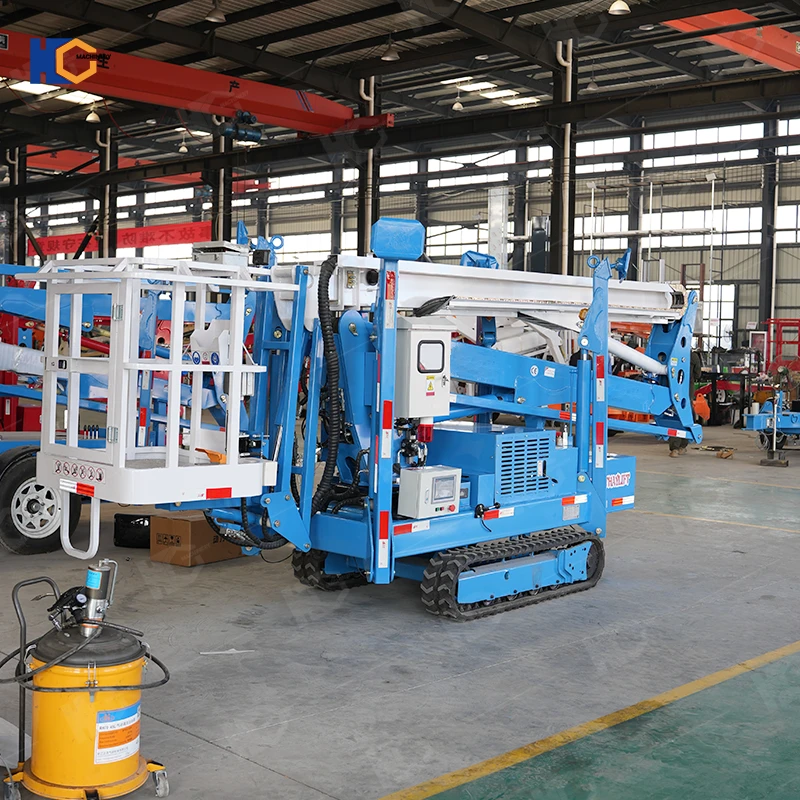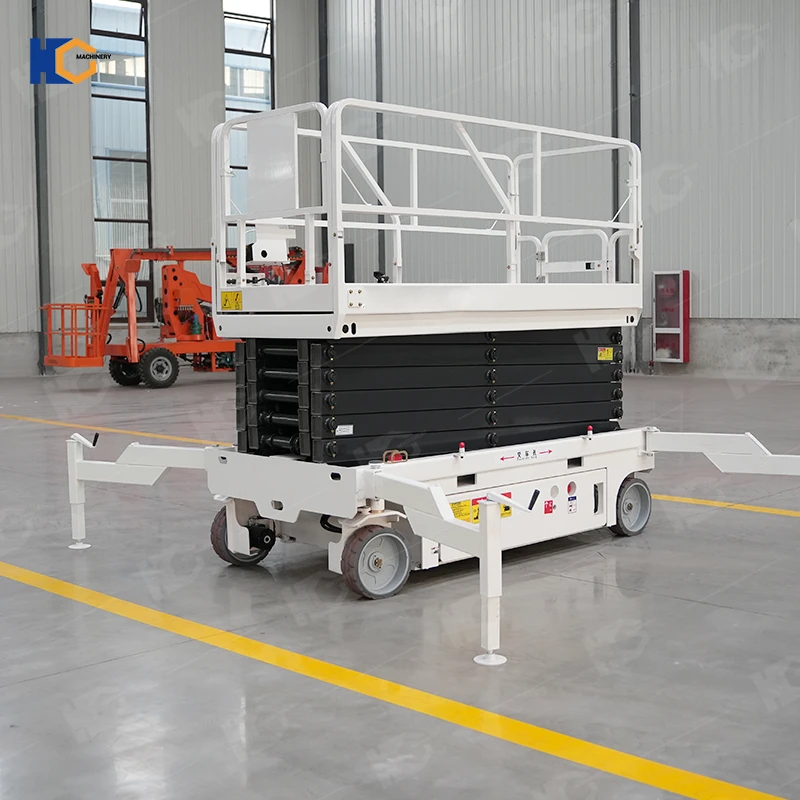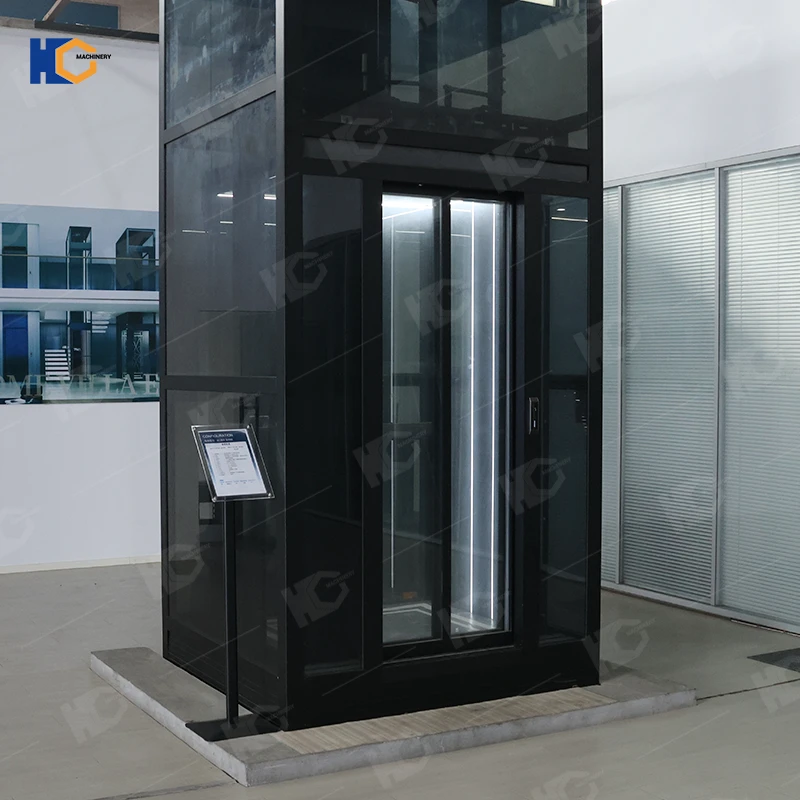A home elevator offers numerous advantages, making it a valuable addition to any residence. First and foremost, it provides unmatched convenience, eliminating the need to climb stairs multiple times a day—especially beneficial for families with young children, elderly members, or individuals with mobility challenges. Beyond ease of use, a home elevator enhances accessibility, allowing those with disabilities or temporary injuries to move freely between floors without relying on strenuous staircases. Additionally, installing an elevator can significantly boost property value, as it appeals to future buyers looking for modern, age-in-place features.
However, while the benefits are clear, the cost of a home elevator can be a major concern for homeowners. Prices vary widely depending on the type, size, and customization, with some models reaching tens of thousands of dollars. The good news? You don’t have to break the bank to enjoy the perks of a residential lift. By making informed decisions—such as selecting the right model, optimizing installation, and avoiding unnecessary upgrades—you can significantly reduce expenses without sacrificing quality or safety.
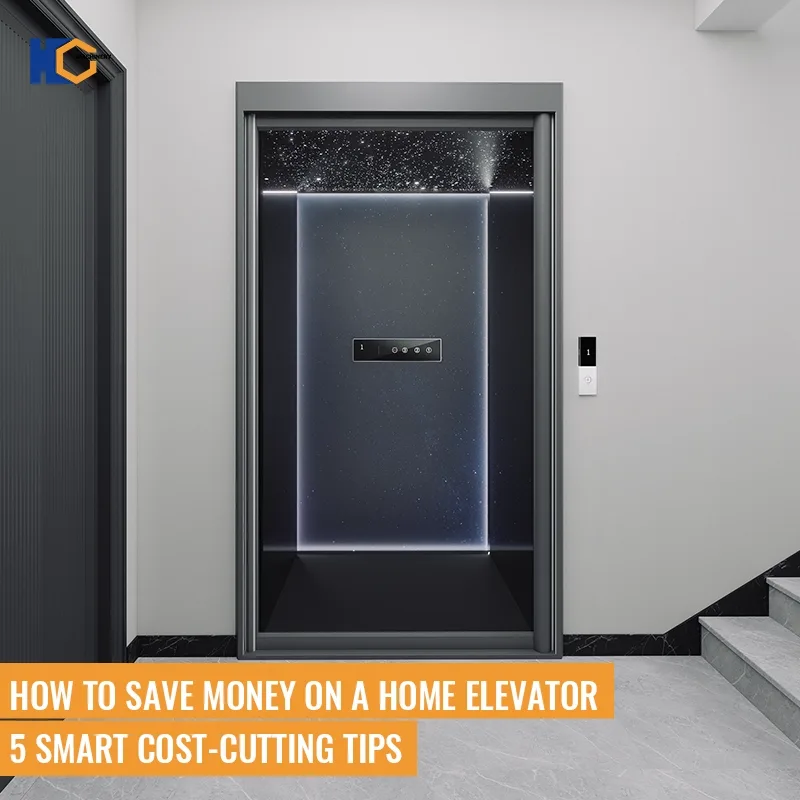
In this guide, we’ll explore five smart cost-cutting strategies to help you save money on a home elevator while still getting a reliable, efficient system. Whether you’re retrofitting an existing home or planning a new build, these tips will ensure you make the most of your investment.
Tip 1: Choose a Compact and Efficient Design
When looking to save money on a home elevator, one of the smartest decisions you can make is selecting a compact and efficient design. Traditional elevators often require extensive structural modifications, including reinforced shafts and machine rooms, which drive up installation costs. Instead, consider space-saving alternatives like shaftless or pneumatic (vacuum) elevators, which have a smaller footprint and simpler installation requirements.
Shaftless elevators, for example, operate without a bulky enclosed shaft, making them ideal for retrofitting existing homes. Similarly, pneumatic elevators use air pressure technology in a transparent tube, eliminating the need for deep pits or heavy machinery. These models not only reduce construction expenses but also add a sleek, modern aesthetic to your home.
Another cost-effective option is a modular or prefabricated elevator system. These pre-engineered units arrive with most components assembled, minimizing on-site labor and construction time. Since they require less custom work, they’re typically more affordable than traditional custom-built elevators while still offering reliability and safety.
By prioritizing a smaller, more efficient design, you can significantly lower both upfront and long-term costs—without sacrificing functionality. This approach ensures you get the convenience of a home elevator while staying within your budget.
Tip 2: Compare Different Types of Elevators
Selecting the right type of elevator is crucial for balancing performance and cost. Home elevators come in several varieties, each with different price points, installation requirements, and long-term maintenance considerations. The four most common types are hydraulic, traction (cable-driven), pneumatic (vacuum), and chain-driven elevators. Understanding their differences will help you choose the most budget-friendly option for your home.
Cost Comparison of Home Elevator Types
| Type | Average Cost | Installation Complexity | Energy Efficiency | Best For |
|---|---|---|---|---|
| Hydraulic | $25,000 - $45,000 | High (requires pit & machine room) | Low (uses more power) | Heavy use, multi-story homes |
| Traction | $30,000 - $50,000 | Moderate (needs overhead machine room) | Medium | Mid to high-rise homes |
| Pneumatic | $20,000 - $35,000 | Low (no shaft or machine room) | High | Low-rise homes (2-3 floors) |
| Chain-Driven | $15,000 - $25,000 | Low (compact, minimal construction) | Medium | Budget-conscious buyers |
Key Takeaways for Cost Savings
Pneumatic Elevators – Among the most budget-friendly options, these require no structural changes, making them ideal for low-rise homes (2-3 floors). Their energy-efficient operation also reduces long-term costs.
Chain-Driven Elevators – If you need a simple, low-cost solution, chain-driven models are typically the least expensive upfront. However, they may have slightly higher maintenance needs over time.
Avoid Over-Engineering – If you only need an elevator for occasional use (rather than heavy daily operation), a hydraulic or traction system may be unnecessary, adding avoidable expenses.
By comparing these options, you can identify the most cost-effective elevator type that meets your needs without overspending. Pneumatic and chain-driven models often provide the best balance of affordability and functionality for residential use.
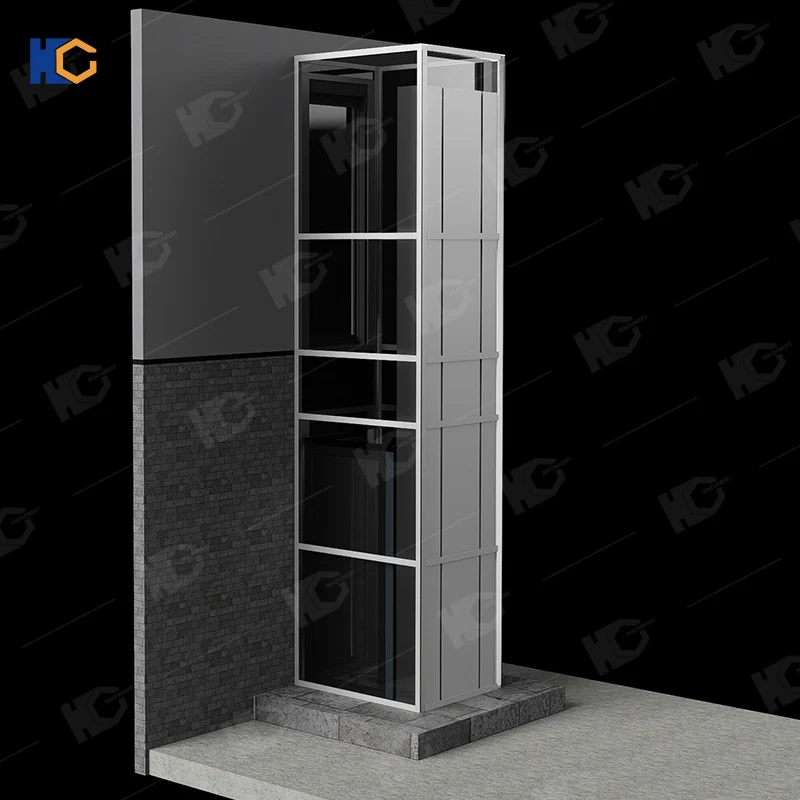
Tip 3: Reduce Installation Costs
One of the most effective ways to save money on a home elevator is by minimizing installation expenses, which can account for 30-50% of the total cost. Strategic planning and smart contractor choices can lead to significant savings without compromising quality.
Plan During Construction or Major Renovation
If you're building a new home or undertaking a large-scale renovation, this is the ideal time to incorporate an elevator. Retrofitting an elevator into an existing structure often requires:
Structural reinforcements ($2,000-$10,000+)
Shaft construction ($5,000-$20,000)
Electrical/mechanical system modifications
By planning ahead, you can:
✔ Design around the elevator's footprint
✔ Share construction crews/equipment costs
✔ Avoid expensive demolition/rework
Get Multiple Contractor Quotes
Elevator installation costs vary widely by contractor. To ensure fair pricing:
Get 3-5 detailed bids - Compare breakdowns of labor, materials, and timeline
Verify credentials - Choose licensed, insured contractors with elevator-specific experience
Ask about package deals - Some suppliers offer discounts if you purchase equipment and installation together
Pro Tip: Consider off-season installation (late fall/winter) when contractors may offer lower rates due to reduced demand.
By implementing these strategies, you could save 15-30% on installation costs while still ensuring professional results. The key is balancing affordability with expertise - never compromise safety for the lowest bid.
Tip 4: Prioritize Essential Features Over Luxury Add-Ons
When budgeting for a home elevator, it's easy to get tempted by premium upgrades—but these aesthetic enhancements can inflate costs by 20-40% without adding functional value. By focusing on core necessities rather than luxury options, you can achieve substantial savings while maintaining safety and reliability.
Where to Cut Costs Smartly:
Cabin Finishes: Standard stainless steel or laminate interiors ($1,500-$3,500) vs. custom wood/glass ($5,000-$15,000)
Lighting: Basic LED panels ($200-$500) vs. designer fixtures ($1,000-$3,000)
Control Systems: Standard buttons vs. touchscreen panels (saves $800-$2,500)
Where NOT to Compromise:
✔ Safety Features: Emergency brakes, battery backups, and phone systems are non-negotiable
✔ Weight Capacity: Ensure the elevator meets your household's needs (typically 500-1,000 lbs)
✔ Reliable Drive System: Invest in quality mechanical components to avoid costly repairs
Cost-Saving Example:
A homeowner choosing a standard cabin with safety features over a "luxury package" could save $7,000-$12,000 while maintaining full functionality.
Practical Approach:
List "must-have" vs. "nice-to-have" features before consulting suppliers
Ask for tiered pricing to see the cost difference between basic and premium options
Consider future upgrades - Many aesthetic features can be added later if desired
By adopting this selective approach, you'll avoid paying for unnecessary embellishments while ensuring your elevator remains safe, functional, and budget-friendly.
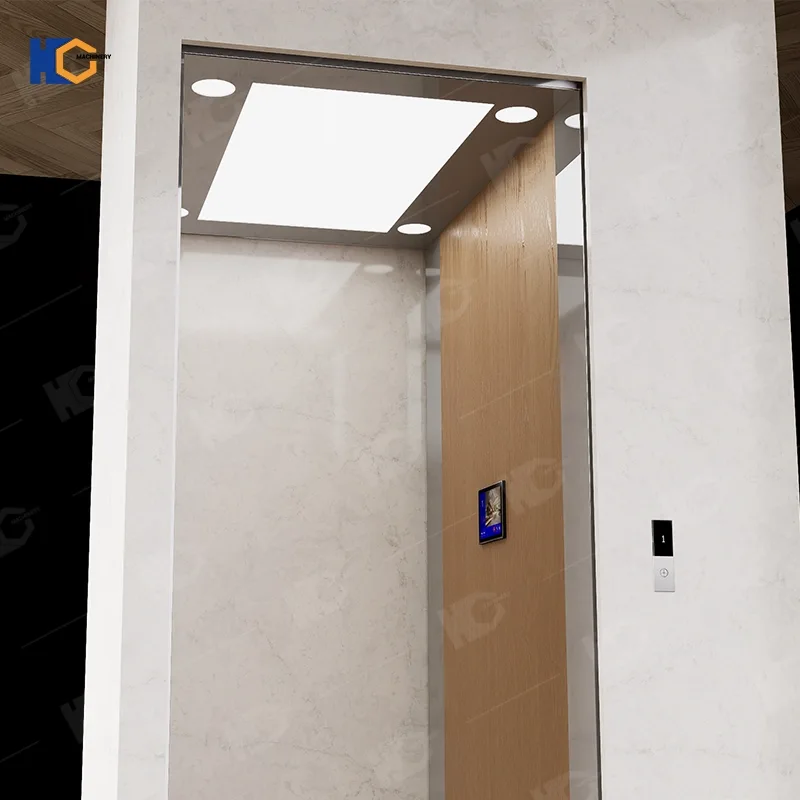
Tip 5: Explore Financing and Incentives
The upfront cost of a home elevator can be daunting, but strategic financial planning can make it significantly more affordable. By leveraging available discounts, payment options, and potential tax benefits, you could reduce your net expense by 15-30% or more.
Smart Ways to Save on Financing:
1. Manufacturer & Seasonal Discounts
Many elevator companies offer year-end sales (Nov-Jan) to clear inventory
Package deals that bundle installation with equipment purchases (saves 5-15%)
Floor model or lightly used elevators at 20-40% discounts
2. Medical Expense Tax Benefits (U.S. Specific)
If prescribed by a physician for mobility issues, may qualify as:
✔ Medical expense deduction (IRS Publication 502)
✔ HSA/FSA eligible expense in some cases
✔ Potential state-level home modification credits
3. Alternative Financing Options
Home equity loans (typically 4-7% interest)
Manufacturer financing (often 0% interest for 12-24 months)
Veterans programs (if applicable)
Example Savings Breakdown:
| Incentive Type | Potential Savings |
|---|---|
| Seasonal Promotion | $3,000-$7,000 |
| Medical Tax Deduction | $1,500-$4,500 |
| Package Deal Discount | $2,000-$5,000 |
Pro Tip: Always:
Get cost estimates in writing
Compare total loan APR (not just monthly payments)
Verify insurance/tax benefit eligibility with a professional
By combining these strategies, you can transform an elevator from a financial burden into a manageable, value-adding investment.
Conclusion
Installing a home elevator doesn’t have to strain your budget if you follow these five cost-saving strategies:
Choose a compact design (like pneumatic or shaftless models)
Compare elevator types (prioritizing budget-friendly options)
Reduce installation costs (plan ahead and compare contractors)
Skip luxury add-ons (focus on safety and functionality)
Explore financing & incentives (discounts, tax benefits, and payment plans)
While saving money is important, never compromise on quality, reliability, or safety—your elevator should be a long-term asset, not just a short-term bargain.
For the best results, consult with elevator specialists and financial advisors to tailor these tips to your specific home and needs. With smart planning, you can enjoy the convenience of a home elevator without overspending.
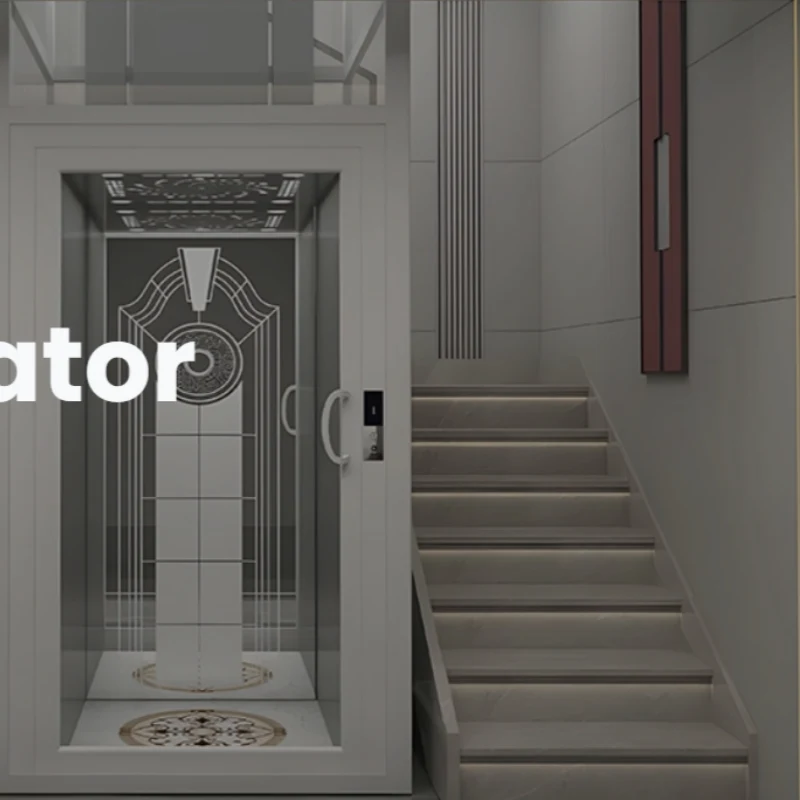
JNHC Lift: Your Trusted Home Elevator Supplier
As a leading home elevator manufacturer based in China, JNHC Lift (also known as Huichuang Lift) stands out for its innovative designs, superior craftsmanship, and strict adherence to international safety standards. With a state-of-the-art production facility, the company specializes in manufacturing high-quality residential elevators that combine performance, aesthetics, and affordability.
JNHC Lift’s product range includes hydraulic, traction, pneumatic, and chain-driven elevators, ensuring homeowners can find the perfect fit for their space and budget. Each elevator undergoes rigorous testing to meet CE, ISO, and ASME A17.1 certifications, guaranteeing compliance with global safety and performance standards.
What sets JNHC Lift apart is its customization capability—offering tailored solutions in cabin finishes, door styles, and smart controls—without compromising on durability. Additionally, the company provides competitive pricing, professional installation support, and reliable after-sales service, making it a preferred choice for homeowners worldwide.
Whether you need a compact pneumatic elevator for a small home or a luxury hydraulic model, JNHC Lift delivers cutting-edge technology, energy efficiency, and long-term value.
